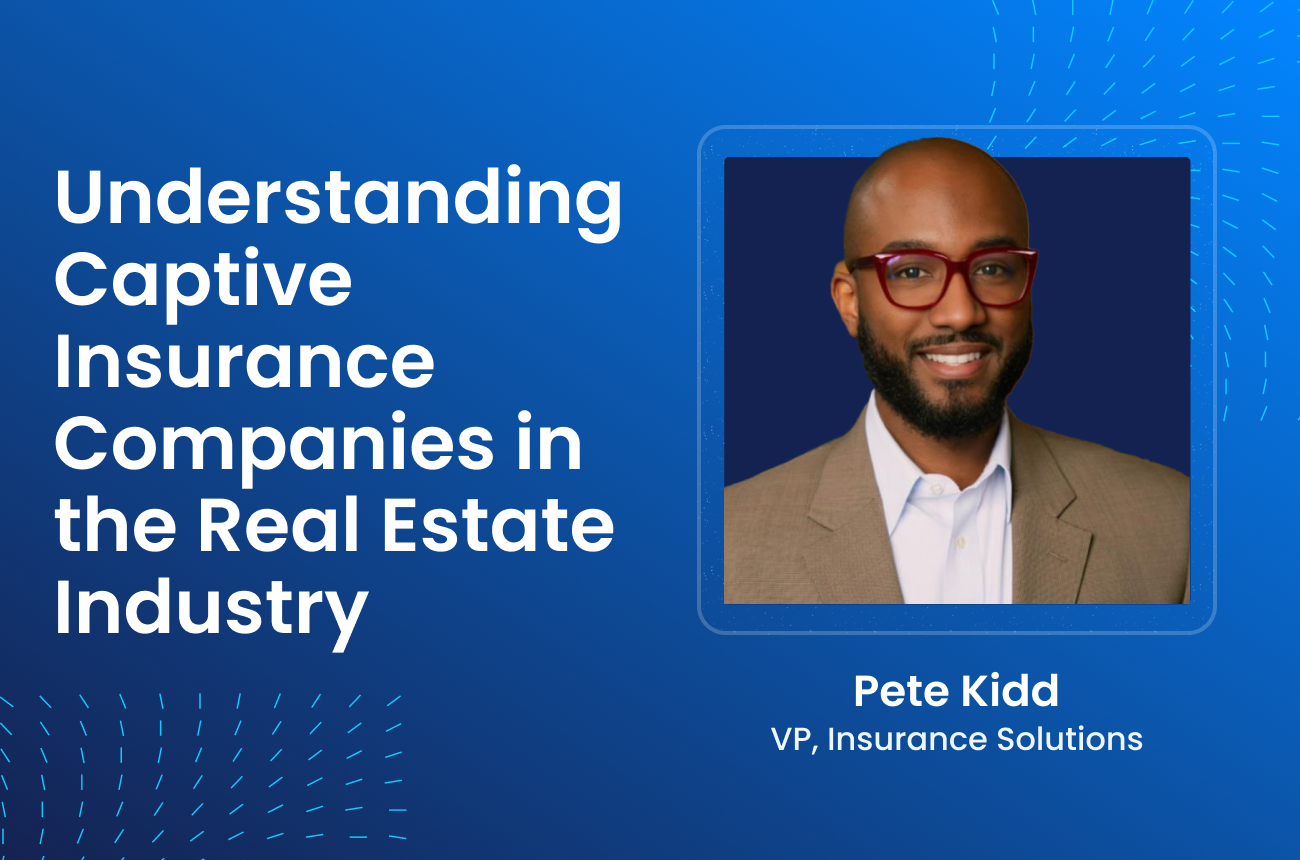The multifamily real estate industry is dynamic and competitive, with property owners and operators constantly seeking innovative strategies to enhance resident satisfaction while improving operational efficiency and profitability. One approach that has been gaining traction is the use of captive insurance companies. Captive programs broadly refer to insurance or risk management programs that are owned and controlled by the property management company or portfolio owner, designed specifically to address their unique operational risks. Participation in captive programs can take several forms: some organizations choose to form their own standalone captive insurance company, such as a Single Parent Captive or Pure Captive, which provides full control over underwriting and claims management across multiple lines of risk; others opt to establish a cell within an existing Protected Cell Captive (PCC), focusing on self-insuring specific risks, like damages caused by tenant negligence, with the advantage of implementation speed, lower statutory capital requirements, and lower fees for startup and ongoing management.
What is a Captive?
So, what exactly are captive insurance companies, and how can they effectively be used in the multi-family sector?
Captives are specialized insurance entities formed and managed by a captive manager who has met specific regulatory requirements such as demonstrating financial stability, industry expertise, and is approved by the state department of insurance in the jurisdiction where they are authorized to operate. Captives provide tailored risk management solutions that traditional insurance markets may not fully address.
One of the most impactful uses of captive insurance companies by multifamily property owners and operators is to self-insure against property damage caused by tenants. Tenant-caused damage is a significant source of loss and operational headaches for property owners. Property damage liability waiver programs, with loss waivers self-insured through a captive , can help mitigate risk to properties even where tenants fail to get their own renters insurance policies, thereby reducing uninsured losses and stabilizing revenue streams.
When to Consider a Captive
Self-insurance is not a suitable fit for every property owner or investor. Successful captive programs require several key factors to align. First, adequate capital must be available to cover initial setup costs and ongoing reserves. The size of the portfolio matters — larger unit counts typically enable better risk pooling and cost efficiencies. A thorough understanding of claims history and the organization’s risk tolerance is also critical. Additionally, owners should consider their anticipated ability to absorb and manage the captive program operationally, as well as their current insurance premiums and cost structures. Regulatory and legal frameworks can be complex and vary by domicile, so engaging an experienced captive manager, legal counsel, and tax advisor is essential. That said, while there are important setup and operational costs to consider, captives also present the potential for revenue generation by retaining underwriting profits that would otherwise flow to traditional insurers.
Foxen’s Approach to Captives
How does Foxen support property owners and operators that want to self-insure against tenant-caused property damage?
Foxen believes it’s important for property owners and operators to have options so they can make choices that best meet their unique needs. We offer two options for those interested in self-insuring against tenant-caused damage. The first option is to form a cell facility within a Protected Cell Captive offered through Foxen’s WaiverCell solution. This provides a more accessible, cost-effective way to participate in a captive program.
As part of the WaiverCell services, Foxen coordinates all aspects of cell formation with the owner, the other required service providers, and the insurance regulators. Foxen also provides ongoing management of the owner’s cell, ensures smooth and timely claims handling with an industry-leading third-party claims administrator, and the same best-in-class renters insurance compliance monitoring and waiver program administration offered to WaiverCore customers.
In summary, the WaiverCell offering provides specialized expertise, cost efficiency, speed, and streamlined operations—delivered through an integrated ecosystem with fewer service providers involved.
Another option is Foxen’s WaiverFlex solution. With this offering, Foxen provides all the benefits of WaiverCore’s 24/7 renters insurance compliance monitoring and waiver program administration services to property owners that already have a captive insurance company set up to self-insure against tenant-caused property damage. Alternatively, with the WaiverFlex solution, Foxen can refer property owners looking to set up a captive type not available through WaiverCell, such as a Single Parent Captive, to reputable third-party captive managers that can assist the customer.
Choosing the Captive Solution Best for You
There are a number of important considerations for property owners in deciding which captive structure will best meet those needs. For example, with a Single Parent Captive, an owner would receive the benefits of full control and flexibility to insure multiple lines of risk beyond tenant-caused property damage. On the other hand, owners should consider that a Single Parent Captive requires substantially more capital, legal, and administrative investment than a cell facility in an existing protected cell captive like those available through Foxen’s WaiverCell solution.
Captive insurance companies are an increasingly valuable tool for multifamily property owners and operators seeking greater control over risk management, cost savings, and revenue generation. Whether forming your own captive or joining the Foxen-managed Protected Cell Captive, understanding your portfolio’s characteristics and operational goals is vital to making an informed decision.



.png)
